There was a time when a molded Jell-O salad could be the star of the dinner table, when Tang was considered space-age cool, and when casseroles topped with crushed cornflakes were the height of suburban sophistication.
America’s culinary past is packed with unforgettable food trends—some beloved, some baffling—that once filled every potluck table, TV tray, and school lunchbox.
But somewhere between the microwave revolution and the rise of kale smoothies, these nostalgic dishes quietly slipped off our menus and out of our memories. This list is a tribute to those iconic American foods that were once everywhere—but now? Not so much.
We’re talking about the oddball creations your grandma made for bridge night, the pantry staples that felt futuristic in the ’60s, and the comfort foods that helped get families through the week in the postwar boom.
Some of these meals were practical, born of necessity or wartime rationing. Others were the result of corporate marketing campaigns gone wild.
And while a few still pop up on retro-themed blogs or in vintage cookbooks, chances are you haven’t seen anyone willingly eat a mock apple pie or deviled ham spread in years.
Of course, food trends come and go—and what once seemed trendy or even revolutionary can quickly feel outdated. But there’s something charming (and a little hilarious) about the dishes we used to love.
They say a lot about the eras we lived through, the technology we embraced, and the flavors we used to crave.
So join us on this deliciously weird trip down memory lane as we revisit 19 iconic American foods that no one actually eats anymore. You might laugh, you might cringe, and hey—you might even feel the urge to dig out your mom’s old recipe box.
1. Aspic (Meat or Veggie Gelatin Mold)
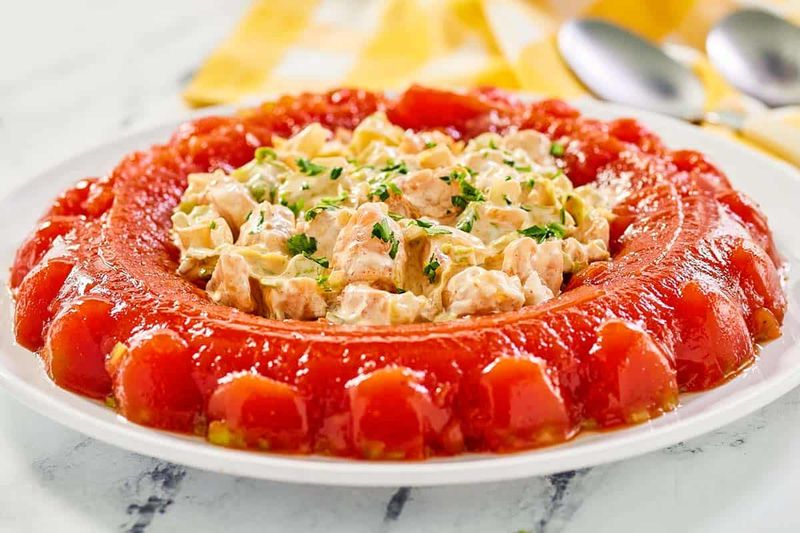
Aspic, a culinary relic from the past, was once a centerpiece at dinner parties. This quirky gelatin mold, filled with meat or veggies, delighted some and puzzled others. It’s hard to forget the wobbly texture that could make even the most adventurous eater pause.
In the mid-20th century, aspic was the epitome of sophistication and creativity. Housewives proudly displayed their gelatin masterpieces, often experimenting with flavors and presentations. Some were savory, while others carried a hint of sweetness, making them versatile for any occasion.
Today, aspic is a rare sight, amusing those who stumble upon vintage cookbooks featuring this gelatinous wonder. The truth is, while its popularity has dwindled, aspic remains a fascinating snapshot of culinary history now vanished from usual dining tables.
2. Tang (Orange-Flavored Drink Mix)

Tang, a brightly hued drink mix, soared to fame in the 1960s. Famously associated with NASA astronauts, it became a symbol of space-age excitement. The bright orange powder promised a taste of the future, right in your kitchen.
Kids were thrilled by its tangy sweetness, which offered a break from more traditional juices. It was synonymous with childhood adventures and summer days spent playing outside. Yet, despite its initial popularity, Tang gradually faded from everyday use.
As health-conscious trends emerged, sugary drink mixes lost their appeal. Today, Tang is more of a nostalgic nod to the past than a pantry staple, remembered fondly by those who grew up in its vibrant, citrusy glow.
3. Liver and Onions
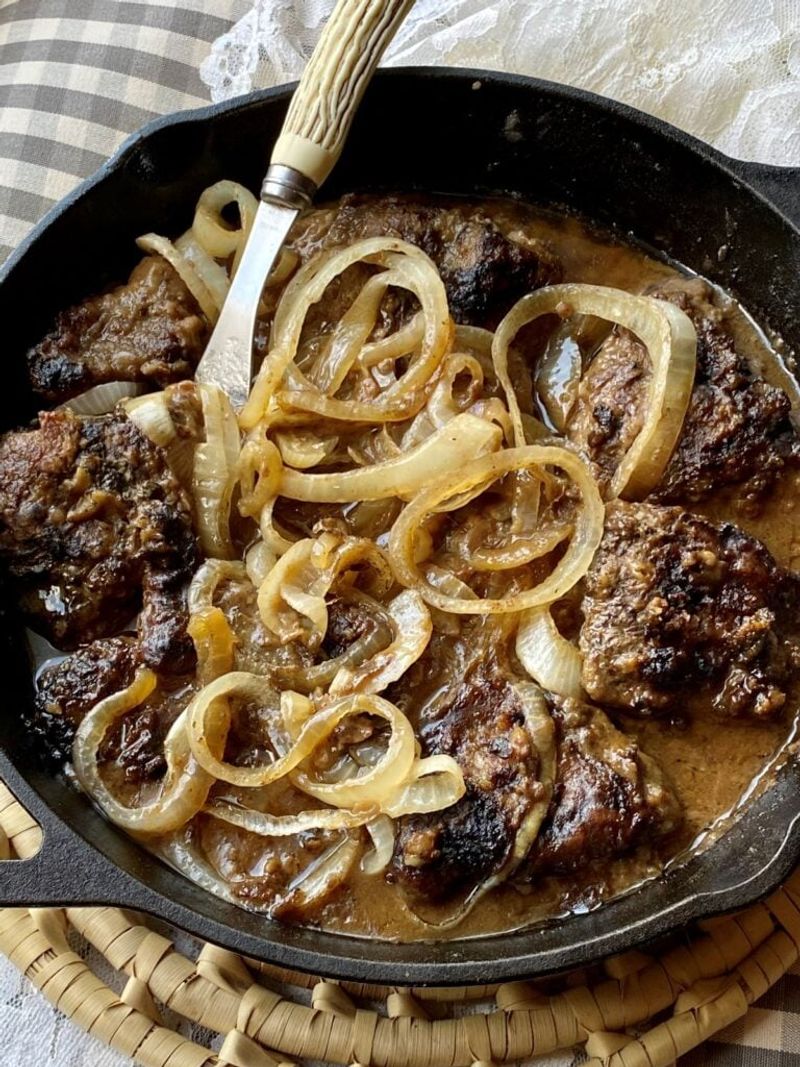
Liver and onions, a dish with a strong, distinctive aroma, was a fixture on dining tables for generations. Its rich, earthy flavors were celebrated by some, dreaded by others. Often cooked to tender perfection, it was a hearty meal that promised nourishment.
This dish was a common sight in mid-century kitchens, favored for its affordability and nutritional value. It held a certain charm for those who appreciated its depth and complexity. However, as culinary tastes broadened, liver and onions slowly slipped from the spotlight.
The dish is now more of a culinary curiosity, often reminisced about by those who grew up with its unique taste. Yet, its legacy endures, a testament to times when simpler meals were savored with gusto.
4. Ambrosia Salad
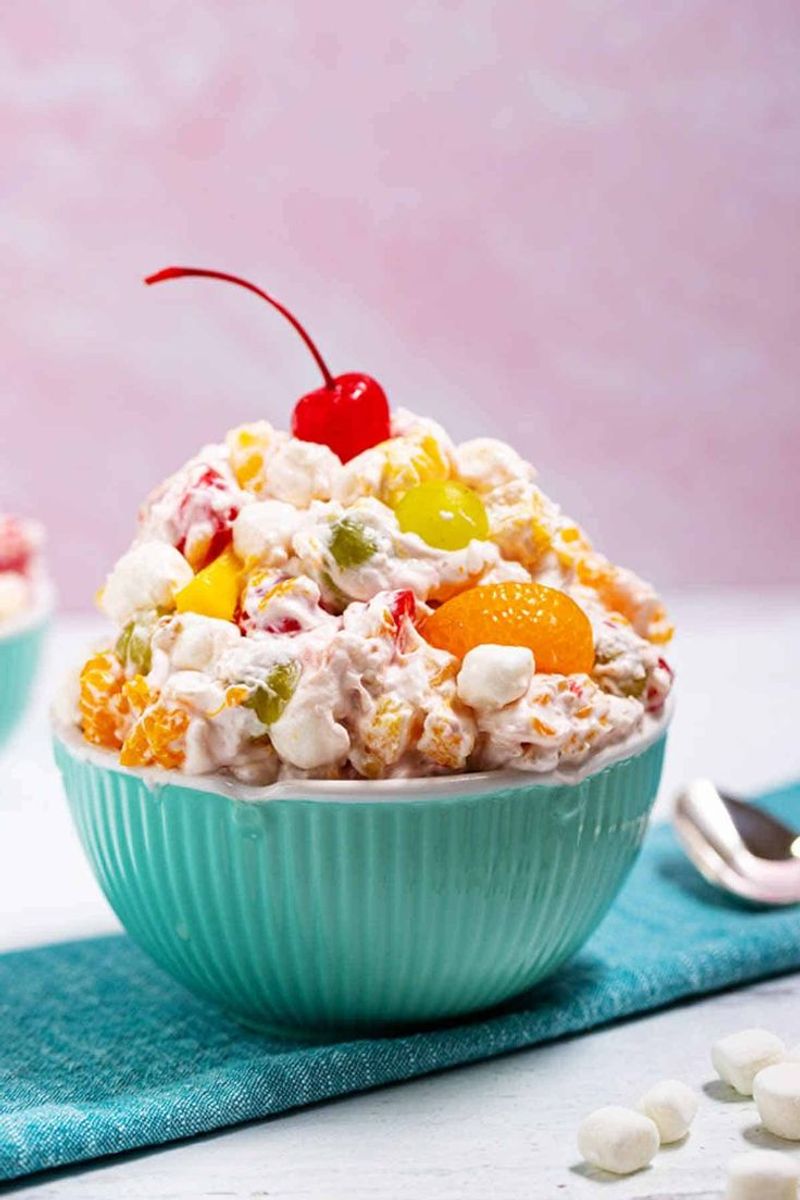
Ambrosia salad, once a beloved party dish, offered a whimsical mix of flavors and textures. Combining marshmallows, fruits, and coconut, it was a sweet, creamy delight. Perfect for gatherings, it often sat alongside other potluck staples.
In the 1950s and ’60s, ambrosia salad was the epitome of suburban charm. Its pastel hues and sugary appeal made it a hit at picnics and family reunions. Each spoonful promised a burst of fruity sweetness, a throwback to simpler times.
Though its presence has waned, the salad still pops up in nostalgic cooking circles. It’s a cherished reminder of an era when culinary creativity was celebrated, and desserts like ambrosia salad were a testament to the joy of shared meals.
5. TV Dinners (in Aluminum Trays)
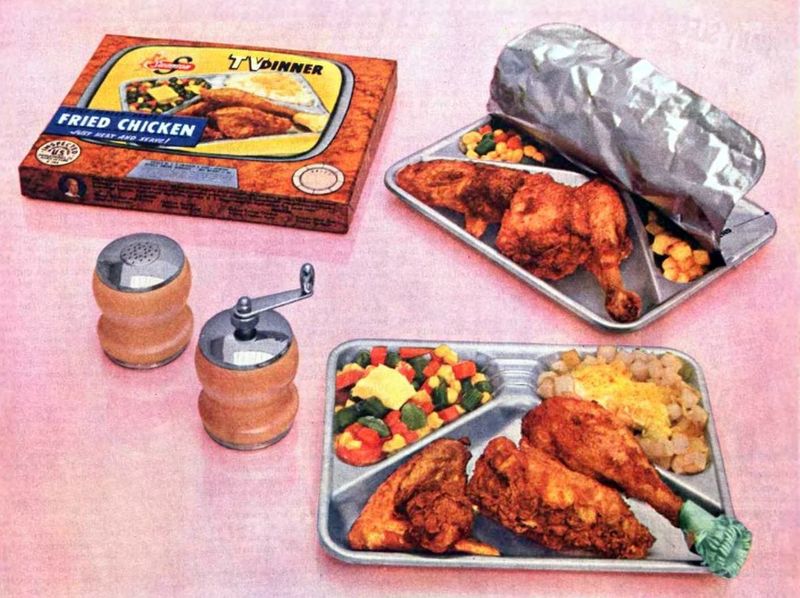
TV dinners, served in their iconic aluminum trays, revolutionized mealtime in the mid-20th century. Promising convenience, these ready-to-eat meals brought families together in front of the television. It was a time when dinner and entertainment merged seamlessly.
Marketed as a modern solution for busy households, TV dinners offered a variety of options, from turkey to beef. They encapsulated the era’s fascination with convenience and innovation. Each tray was a microcosm of flavors, neatly partitioned and easy to prepare.
Though they’ve evolved over time, the original aluminum-trayed TV dinners are a nostalgic nod to a bygone era. Their influence on modern frozen meals remains undeniable, a legacy of culinary convenience that forever changed dining habits.
6. Bologna Sandwiches

Bologna sandwiches, a staple of school lunches, evoke memories of childhood simplicity. Slabs of bologna nestled between slices of white bread, occasionally dressed with a swipe of mayo or mustard. It was an uncomplicated delight.
In the 1980s and ’90s, this sandwich was a lunchbox favorite, often paired with a carton of milk or juice. Its affordability made it accessible, while its taste offered a comforting familiarity. Yet, as tastes evolved, bologna gradually fell out of favor.
Today, this sandwich is a nostalgic throwback, often remembered fondly by those who enjoyed it during school days. Its simplicity is a reminder of a time when lunch was straightforward, and the joy of a bologna sandwich was undeniable.
7. Canned Spaghetti (like Franco-American)
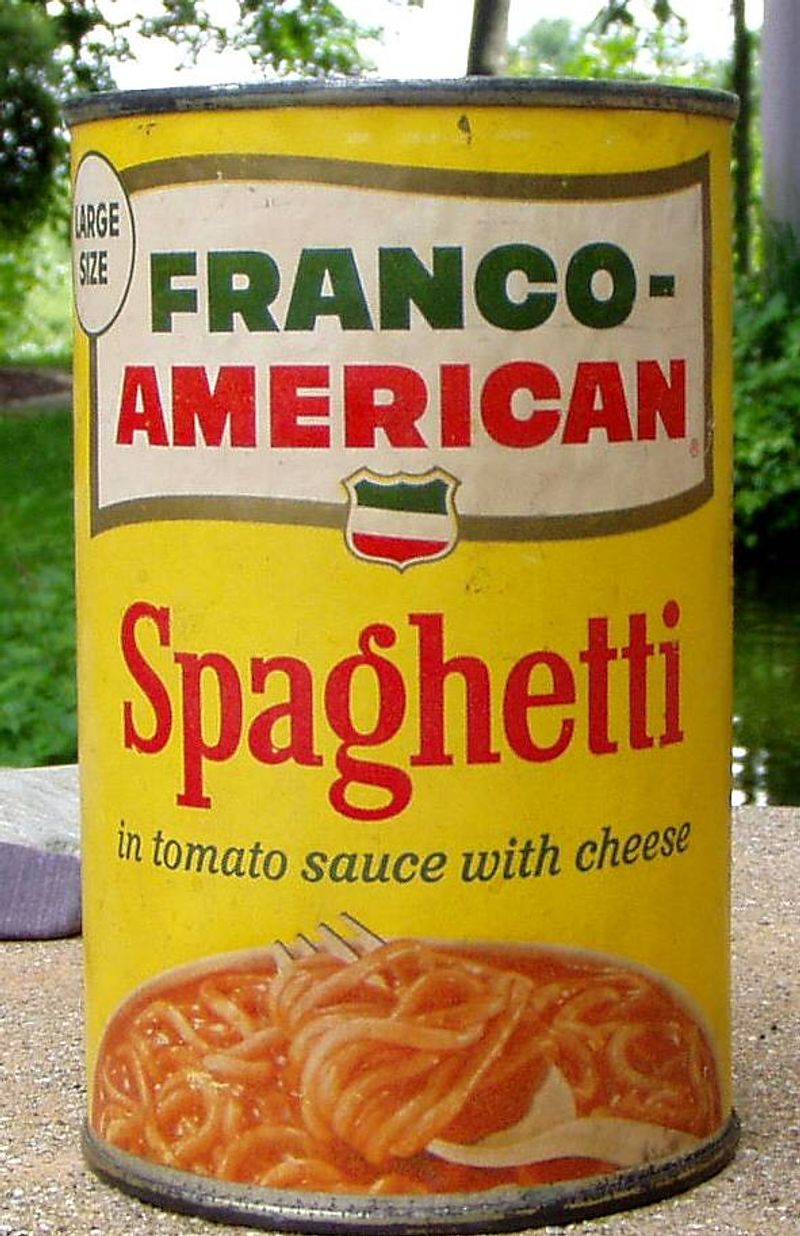
Canned spaghetti, especially brands like Franco-American, was a pantry staple for many families. Quick and easy to prepare, it offered a taste of Italy in a can. For busy households, it was a convenient mealtime solution.
During the 1970s, canned spaghetti was particularly popular. It was affordable and kid-friendly, often served with a sprinkle of cheese on top. The taste was comforting, even if it lacked the authenticity of homemade pasta.
As culinary preferences shifted towards fresher, homemade options, canned spaghetti’s popularity dwindled. Yet, it remains a nostalgic memory for those who grew up with its familiar taste—a comforting reminder of simpler, carefree days.
8. Deviled Ham Spread
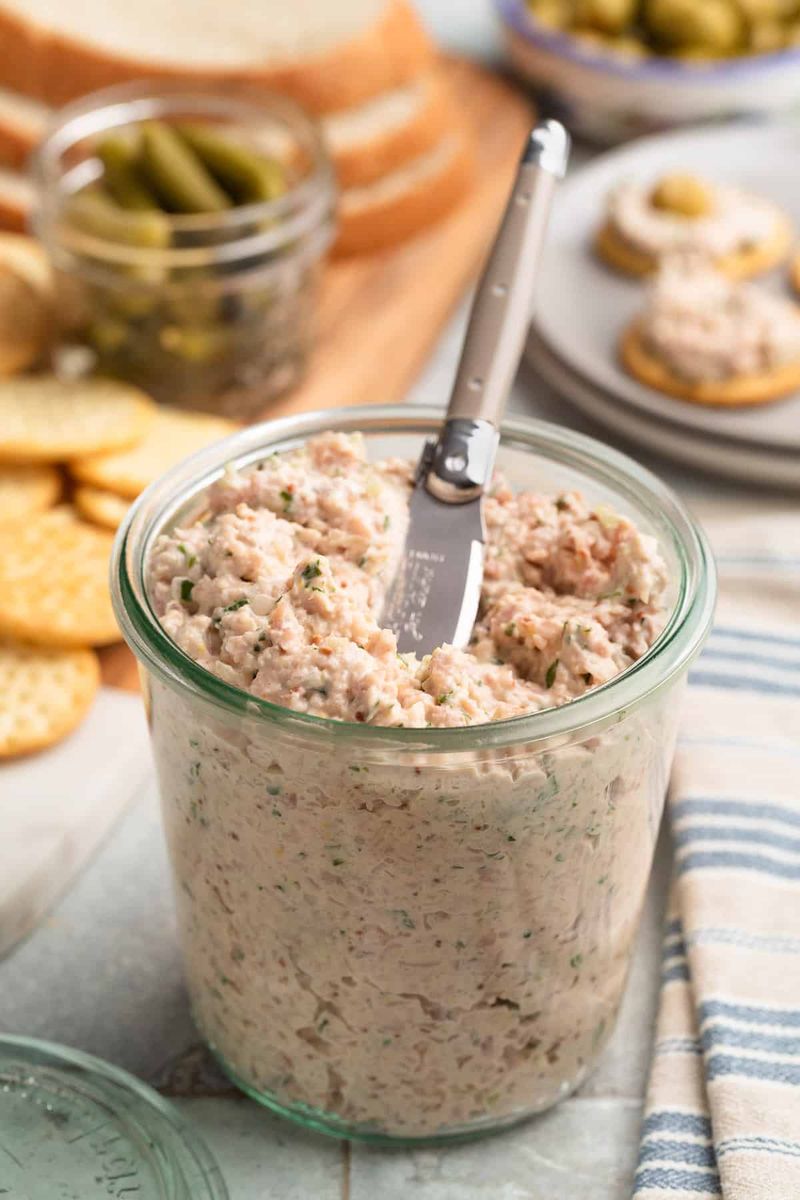
Deviled ham spread, often found in pantries, was a versatile and flavorful addition to any meal. This canned mixture of finely ground ham and spices was perfect for spreading on crackers or making quick sandwiches.
In the mid-20th century, it was a popular choice for casual gatherings and lunches. Its savory taste and convenient packaging made it a household favorite for many. The deviling process added a zesty kick that was hard to resist.
Though less common today, deviled ham spread still sparks nostalgia for those who enjoyed it in their youth. It’s a quirky culinary relic from a time when convenience and flavor were often found in a can, ready to delight.
9. Jell-O with Fruit Suspended in It
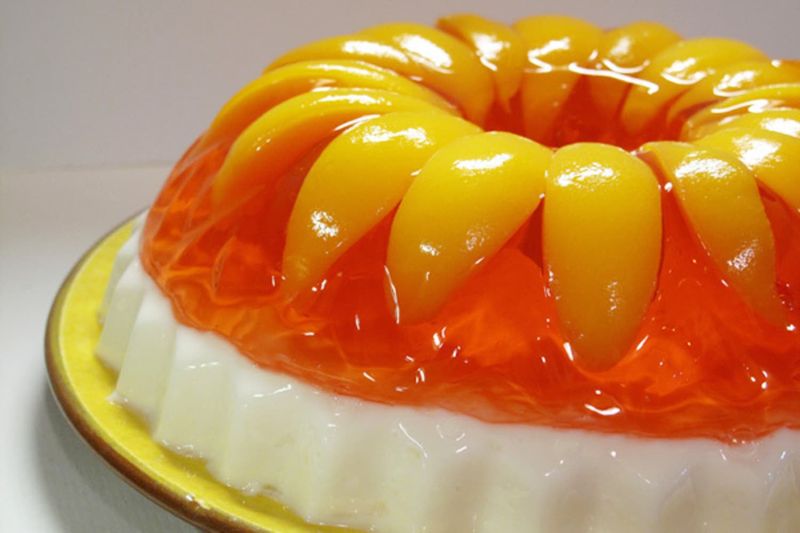
Jell-O, with fruit suspended in its shimmering depths, was a dessert marvel of the 1960s. This bright, wobbly treat was both a visual and culinary delight, loved for its playful presentation and sweet taste.
Families took pride in their Jell-O creations, often showcasing them at gatherings and potlucks. The combination of fruit and gelatin added a burst of flavor and texture to each spoonful, making it a hit among both children and adults.
Though Jell-O has lost its place as a dessert staple, it remains a nostalgic symbol of mid-century American cuisine. Its playful appearance and sugary taste continue to evoke fond memories of playful culinary experiments.
10. Sloppy Joes (from a can like Manwich)
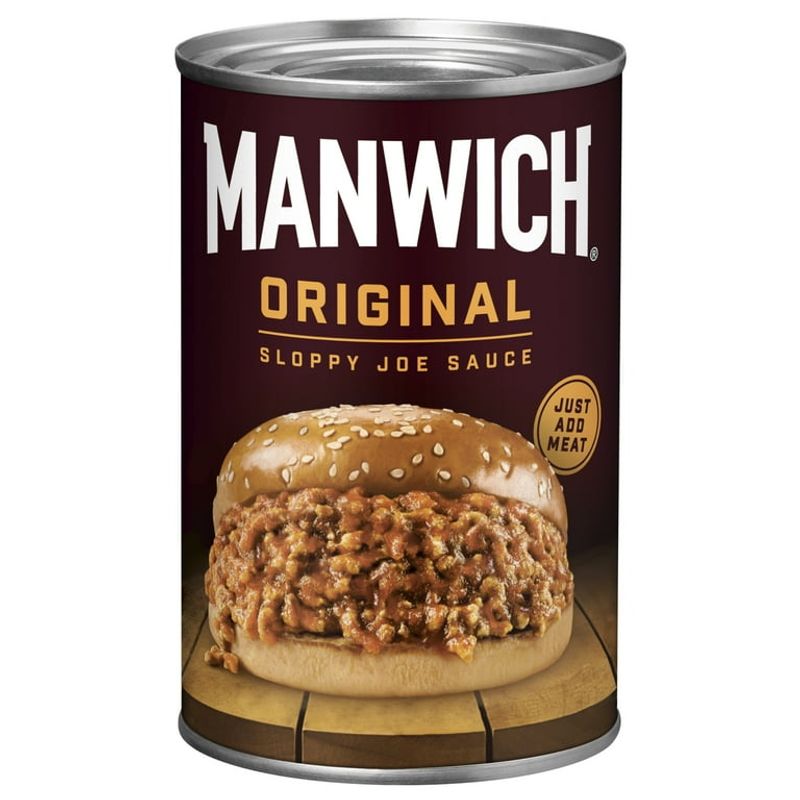
Sloppy Joes, particularly those made with canned sauces like Manwich, were a dinner-time favorite. These messy, flavorful sandwiches were loved for their convenience and robust taste.
Families enjoyed the ease of preparing sloppy joes, often serving them on soft hamburger buns. The combination of seasoned meat and sauce was a savory delight, perfect for busy weeknights or casual gatherings.
Although homemade versions are more common now, the canned variety remains a nostalgic memory for many. Sloppy joes from a can are a testament to a time when quick, hearty meals were a staple in American households.
11. Spam Loaf (Baked or Fried)

Spam loaf, whether baked or fried, was a creative solution to post-war food shortages. This canned meat product, known for its versatility, became a staple in many American homes.
Cooked in various ways, from baking to frying, Spam offered a savory, salty taste that complemented many dishes. Its long shelf life and affordability made it indispensable during challenging times.
While Spam’s popularity has waned, it remains a quirky part of culinary history. Those who grew up with it often recall its unique flavor fondly, a reminder of a time when creativity in the kitchen was essential and embraced with gusto.
12. Creamed Chipped Beef on Toast (“S.O.S.”)
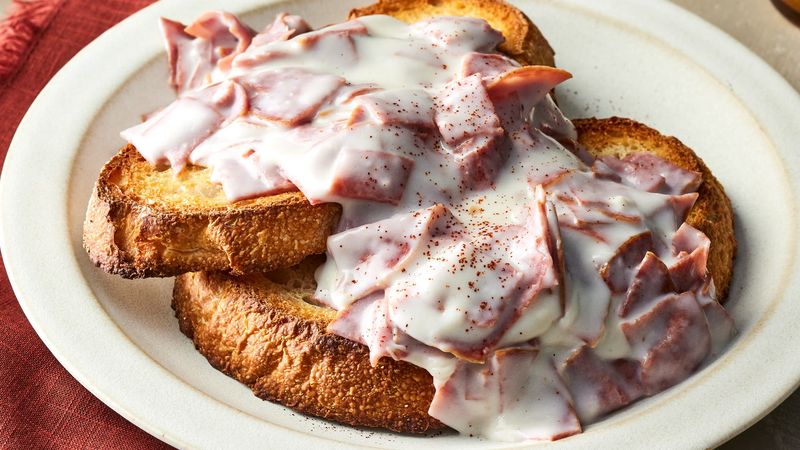
Creamed chipped beef on toast, affectionately known as “S.O.S.,” has anchored many American tables, especially in military settings. This creamy, salty concoction was a staple breakfast item, providing comfort and warmth.
The dish, made by sautéing dried beef in a creamy sauce and serving it over toast, was loved for its simplicity and heartiness. It was an economical choice for feeding large groups, making it popular beyond the barracks.
S.O.S. has since become a nostalgic nod to its military roots. While not as ubiquitous today, it remains a cherished memory for those who served, symbolizing camaraderie and shared meals.
13. Cottage Cheese with Pineapple
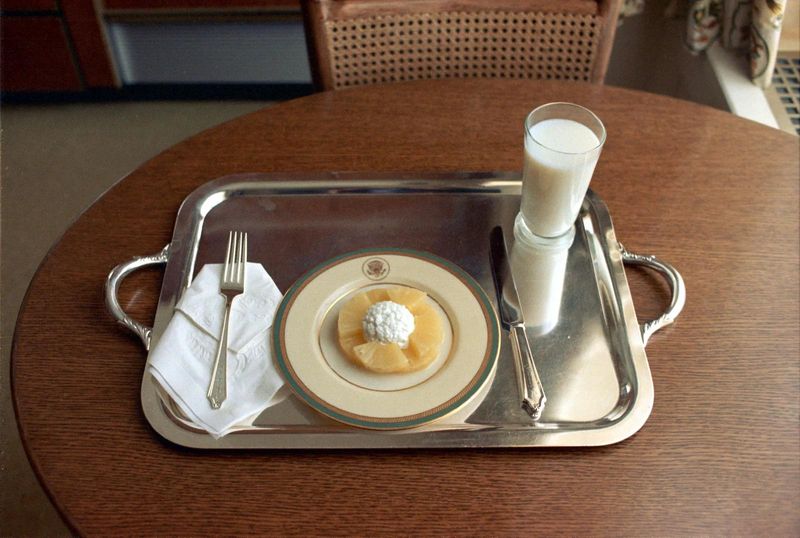
Cottage cheese with pineapple, a curious combination, was once a popular choice for a light meal or snack. This duo offered a unique balance of tangy and sweet flavors, appealing to health-conscious eaters.
During the mid-20th century, it was often suggested as a diet-friendly option, rich in protein yet refreshing. The simplicity of the dish made it easy to prepare and enjoyed by many as a quick, nutritious bite.
While its popularity has waned, the dish is still a fond memory for those who grew up with its simple charm. It’s a reminder of a time when wholesome, uncomplicated meals were a hallmark of everyday dining.
14. Mock Apple Pie (made with Ritz crackers)
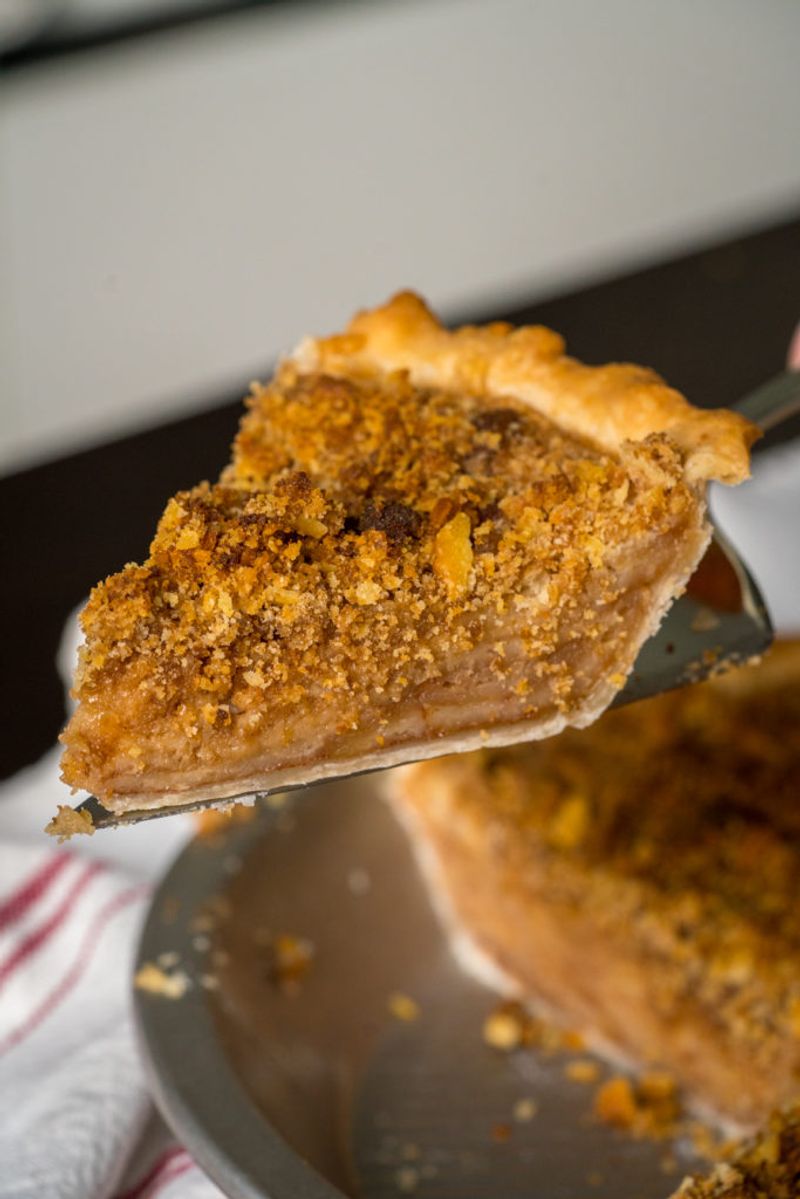
Mock apple pie, a testament to culinary ingenuity, was a clever creation born out of necessity. Using Ritz crackers in place of apples, this pie amazed with its sweet, spiced filling that resembled the real thing.
Popular during times when apples were scarce, this dessert became a beloved trick in the 1930s and 40s. The secret lay in the spices and lemon juice, which mimicked the flavors of a traditional apple pie.
Though now a rarity, mock apple pie is fondly remembered as a symbol of resourcefulness in the kitchen. It stands as a charming example of how creativity can transform simple ingredients into something extraordinary.
15. Canned Vienna Sausages
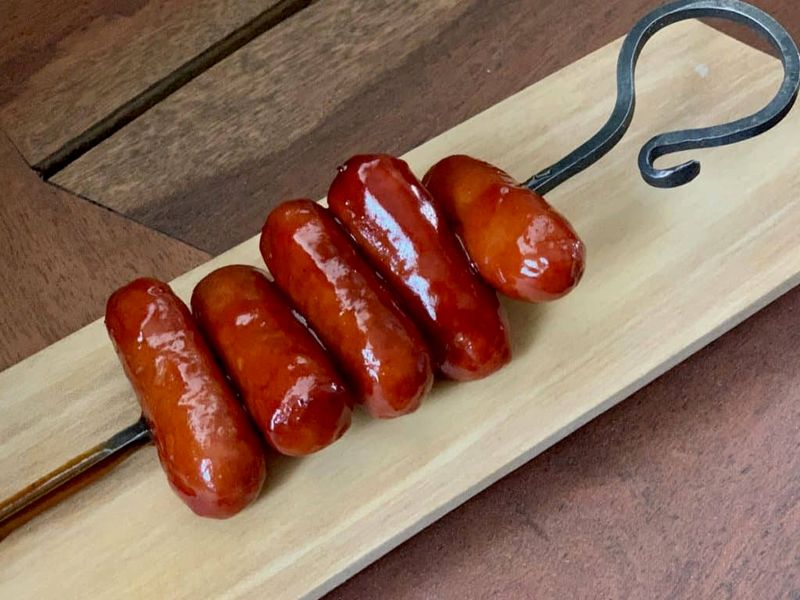
Canned Vienna sausages, known for their convenience, were a common snack or meal addition. These small, soft sausages, packed in cans, offered a quick protein boost for busy individuals.
Popular in the mid-20th century, they were often enjoyed on picnics or as an easy addition to lunches. The mild, savory flavor was appreciated by those looking for a simple, no-fuss option.
While not as prevalent today, Vienna sausages remain a nostalgic snack for many. They remind us of simpler times, when convenience foods were celebrated for their ease and accessibility.
16. Casseroles with Cornflakes or Potato Chips on Top

Casseroles topped with cornflakes or potato chips were a hallmark of mid-20th-century American cooking. These crunchy toppings added texture and flavor, elevating simple casseroles into something special.
During the 1950s, these casseroles were popular at family dinners and potlucks. The combination of creamy filling and crispy topping was irresistible, making them a favorite among both children and adults.
While these casseroles have become less common, they are fondly remembered for their homey appeal. They represent a time when creativity in the kitchen led to comforting, delicious meals shared with loved ones.
17. Fruitcake (especially the dense holiday variety)

Fruitcake, particularly the dense, rich holiday variety, has polarized opinions for generations. Packed with dried fruits and nuts, this cake was a festive staple, often given as a gift during the holidays.
Loved by some for its complex flavors and enduring shelf life, it was a traditional centerpiece in many households. The fruitcake’s dense texture and sweet-spicy aroma made it unmistakable, even if it wasn’t universally adored.
While many now regard it as a culinary relic, the fruitcake remains a nostalgic symbol of holiday traditions. Its presence evokes memories of festive gatherings and the joy of sharing homemade treats with family and friends.
18. Cheese Balls (rolled in nuts)
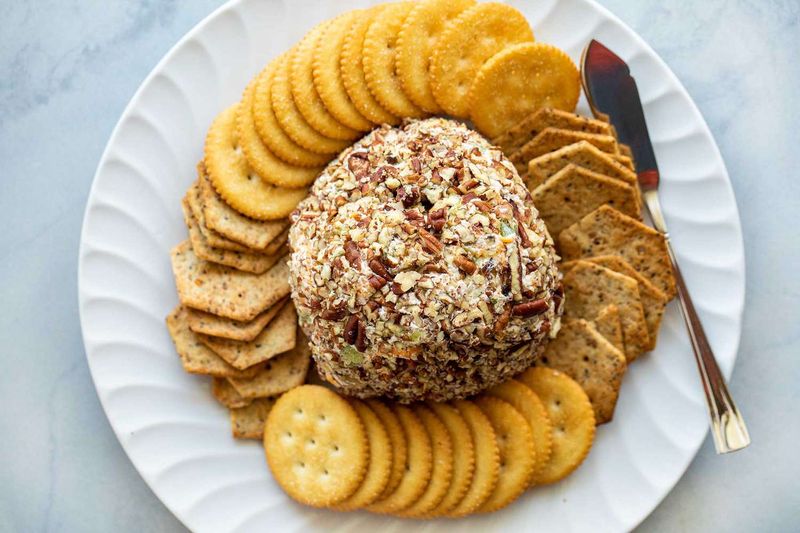
Cheese balls, often rolled in nuts, were a party favorite during the 1970s. These savory spheres of cheese, blended with spices, were both decorative and delicious.
Served with an assortment of crackers, they were a staple at gatherings and celebrations. The nutty exterior added crunch, while the creamy cheese provided a rich, flavorful experience.
Though cheese balls have become less common, they remain a nostalgic reminder of festive occasions. Their popularity peaked in an era that celebrated bold flavors and creative culinary displays, a symbol of good times shared with friends and family.
19. Tuna Noodle Casserole

Tuna noodle casserole, a comforting dish, was a fixture on family tables. Combining pasta, canned tuna, and a creamy sauce, it offered warmth and simplicity in each bite.
This casserole was particularly popular during the 1950s and ’60s, when convenience and affordability were paramount. It was a dish that could feed a family with ease, bringing a sense of coziness to any meal.
Today, while less common, tuna noodle casserole is fondly remembered for its homey appeal. Its legacy lives on in the hearts of those who grew up enjoying its familiar flavors, a true comfort food classic.
Leave a comment